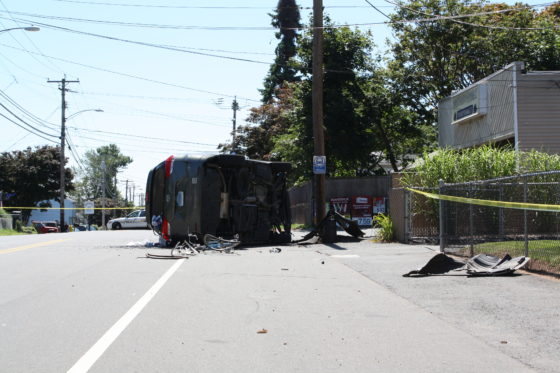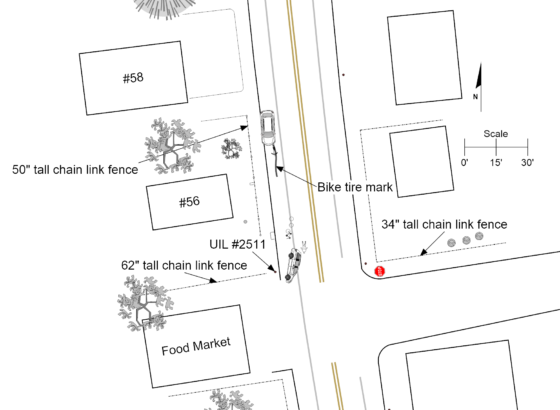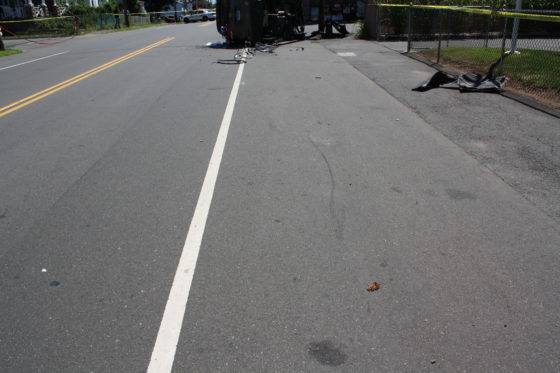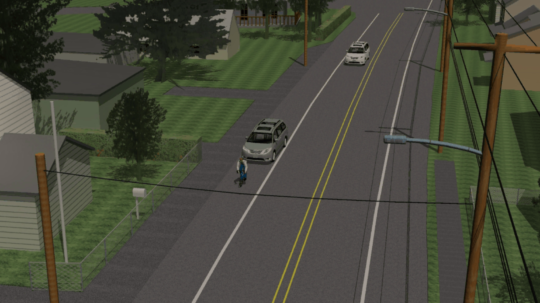A bicyclist was riding in the shoulder of a residential road when he was suddenly and fatally struck from behind by a minivan which continued forward, struck a utility pole and rolled over. In court the van driver plead guilty to “driving in improper lane”, accepted sole responsibility for the crash and testified that the cyclist did nothing to contribute to the accident. However, during her deposition in the ensuing civil case the driver asserted her right under the Fifth Amendment of the U.S. Constitution against self-incrimination and refused to answer any questions pertaining to the circumstances of the accident. Taking advantage of the driver’s refusal to answer questions and the inability of the deceased cyclist to testify about his own pre-impact actions, the defense argued that the details of the accident were not known well enough to determine who was at fault in the crash.

Technology Associates was hired by the cyclist’s attorney to investigate, perform an accident reconstruction and prepare an animation of the crash. By inspecting the crash site and analyzing eyewitness testimony, physical evidence and the minivan’s event data recorder report, we were able to determine the probable positions and speeds of the van and bicycle in the seconds leading up to the crash. One of the most important pieces of evidence was a tire mark left by the rear tire of the bicycle after it was struck from behind, which clearly located the impact in the shoulder of the road and showed the van’s heading at the moment of impact.


This mark, along with other physical evidence placed the bicycle in the shoulder traveling in the same direction as the van at the time the van struck the bicycle from behind.
To illustrate the pre and post–impact motions of the van and the bicycle, as well as what the various participants and eyewitnesses would have seen, we created a detailed, dimensionally accurate 3D animation of the crash scene and vehicles using the 3D studio animation software package. Calculations were then performed to determine the vehicle positions in the seconds leading up to the crash based on their final resting places, the van event data recorder report and accepted accident reconstruction calculations. Since no one testified as to the pre-impact speed of the bicycle, a range of reasonable cyclist values from the research literature were used.

Aside from showing the detailed motions of the vehicles, the animations were useful in demonstrating that certain eyewitnesses who speculated about the pre-impact motion of the bicycle could not have actually seen what they claimed to have observed.
After Technology Associates presented these analyses and animations at trial, the defendant van driver was found to be one hundred percent at fault for the crash and the plaintiff was awarded $6.4 million in damages.